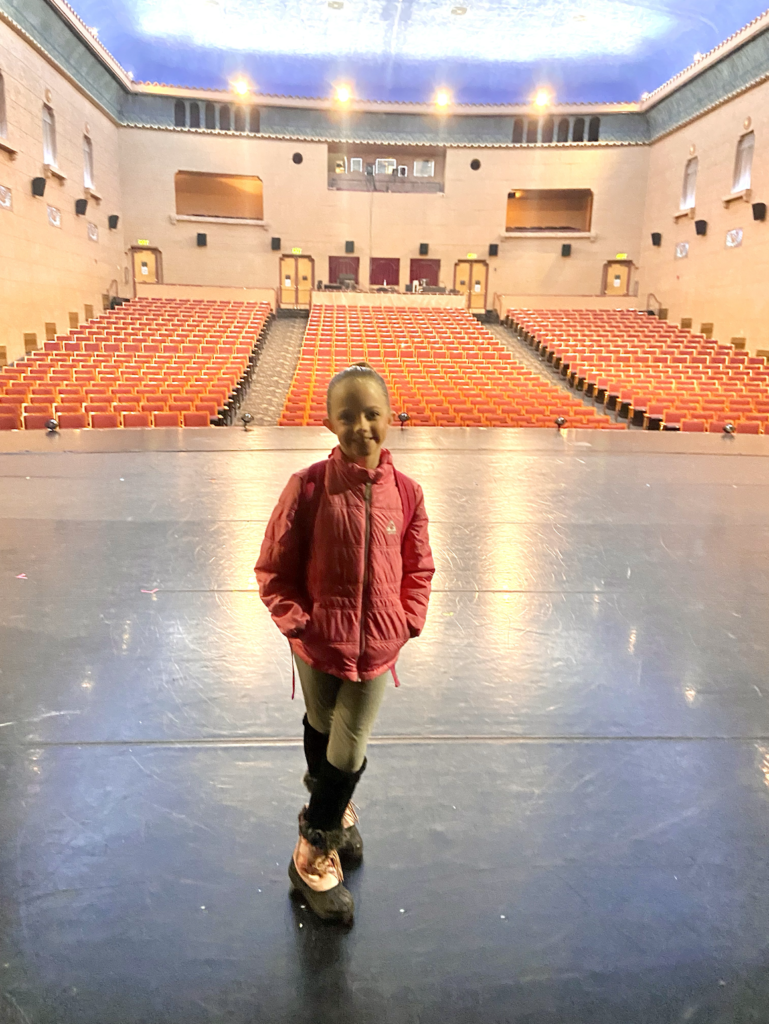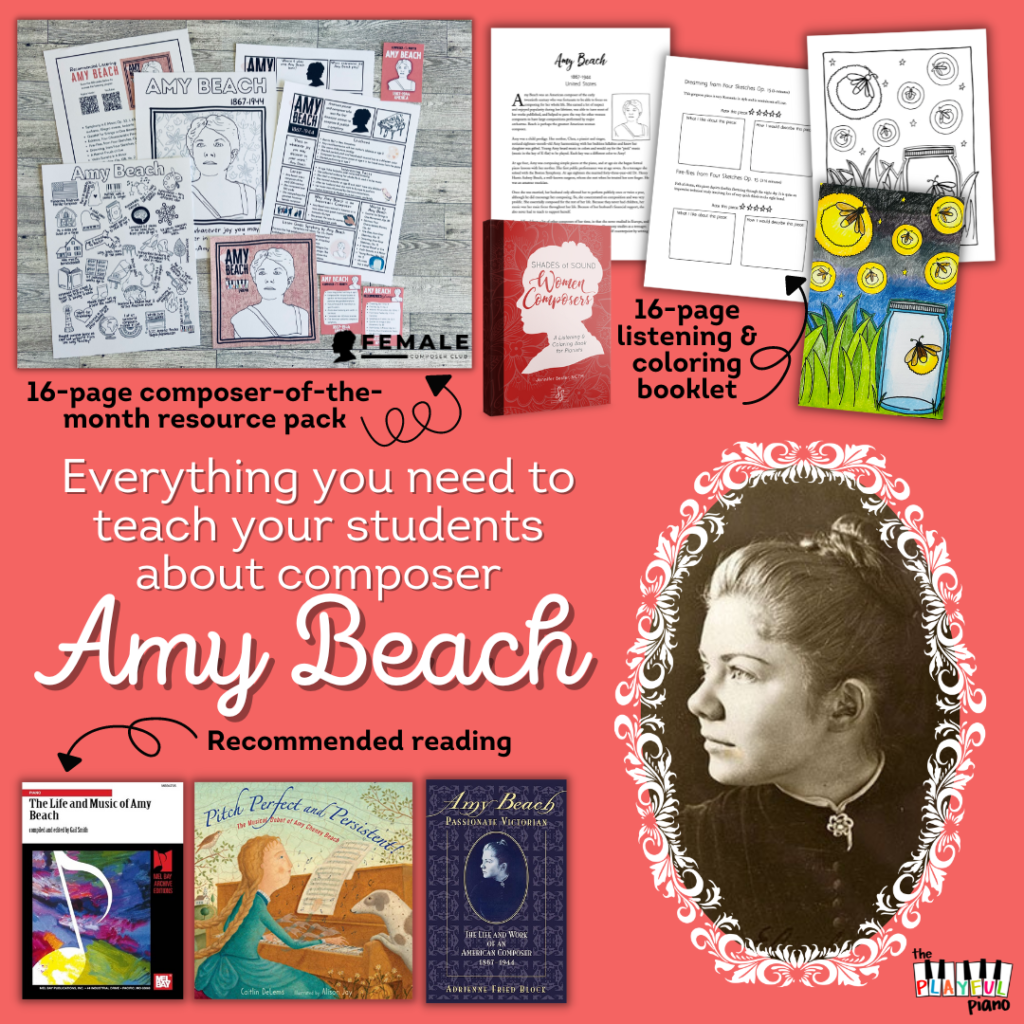Lines & Spaces and Steps & Skips
I love it when last-minute ideas turn out to be the funnest activities for students! To teach about lines and spaces and steps and skips, I got out the ol’ trusty masking tape and slapped it on the rug to make a quick musical staff. I cut out notes out of sheets of craft foam (LOVE that stuff!) and voila – a fun musical staff game!
Here is my giant musical staff. Please excuse the graininess/yellowness of the photo, and the fact that I can’t seem to get it to rotate!
I used this fun game for preschoolers. We had already introduced the staff, and how notes can be high or low. We first practiced walking up the staff in steps – line, space, line, space, line space (this was fun to tip-toe!) – and in skips – line, line, line or space, space, space (hopping works well)! We also played each on the piano – steps by playing every single note going up or down, and skips by playing every other note. We then practiced putting notes on the staff in steps or skips. The kids loved walking on their notes after they placed them on the staff, as I played the steps or skips on the piano. We then played a game where I would hand them a note and call out “step!” or “skip!” and they would have to place the next note on the correct line or space. It was fun with two kids at a time – they started on a note at the bottom of the staff, and I would hand each a note and call out “step” or “skip” and they would use their notes to try and get across the staff (wouldn’t it be fun to pretend the staff was a river to cross?).
As I was playing this game with a student who loves to get stickers as rewards, I had a sudden stroke of genius as I drew a staff on her assignment sheet and had her put her little circle stickers on the staff on lines or spaces, as if they were musical notes. So fun!








































